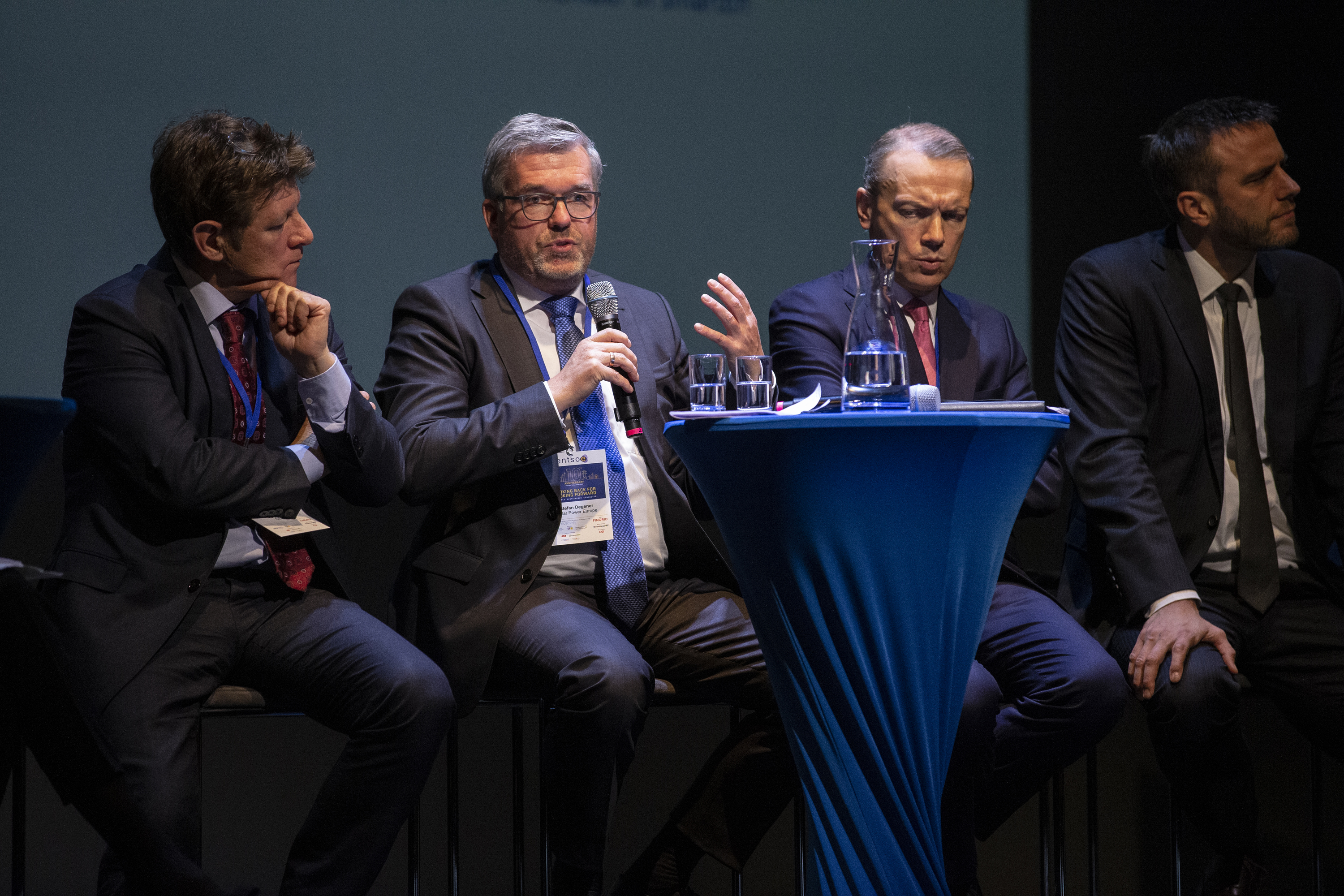“Please continue to work on costs, and don’t forget the customer. The third thing is, believe in the market,” he said.
Paul Troughton, member of smartEn, pointed out that the speed of change varies from country to country. “Stakeholder consultation is key.”
In his mind, the next challenge is to go deeper into technology neutrality. “Also, simpler services are required,” he added.

Monique Goyens, Director General, BEUC, says she has observed “a huge change” in the energy system in recent years. However, in her mind, TSOs have a bad habit of “speaking in codes,” so more down-to-earth communication is called for. She also points out the perils of ongoing digitalization:
“Cyber security is a big challenge and we must be resilient in this.”
Wanted: Real partnerships
Gert De Block, Secretary General, CEDEC, feels that ENTSO-E is bigger than simply the sum of its parts. In creation of network codes, for instance, valuable lessons were learned – for example, how to work together and compromise. He also credits the “excellent expertise” of the TSOs.
“Real partnership is called for, on all levels,” he said, adding that ENTSO-E can certainly be a part of the solution for the future.
Stefan Degener, Vice President of Solar Power Europe, is impressed by the voluntary approach of ENTSO-E. “We as the solar industry, expect to contribute in the building of ‘system of systems’ during the next 30 years.”
New business models are needed, too. “Flexibility is the key enabler of our future system,” he added.

Giles Dickson, CEO Wind Europe, agreed that the good work on the flexibility must continue. Emerging offshore wind power alone requires “huge grid investments” and must be handled with care.
“ENTSO-E needs to pursue 50 % electrification by 2050, as it is the EU target.”
Transparency rules
Kristian Ruby, Secretary General, EURELECTRIC, pointed out that acting in a fair and transparent manner has characterized the first 10 years of ENTSO-E. Big changes are ahead, however, as value shifts to flexibility.
“We’re going from transmission grids to distribution grids and this is a key development.”
Christian Baer, Secretary General, Europex, noted that a diversified system has emerged with some “wild times” as well.
“Creating the ‘system of systems’ is a big challenge,” he said, pointing out that there is a lot of innovation moving forward.
Paul Giesbertz, Member of the Electricity Committee, Member of the board, EFET, commented that there have been “huge milestones” along the way. Working in a unified manner has been the key in this.
“We encourage ENTSO-E to be brave in its harmonization efforts.”







